Visa-free Taiwan: Not another typical Chinese destination
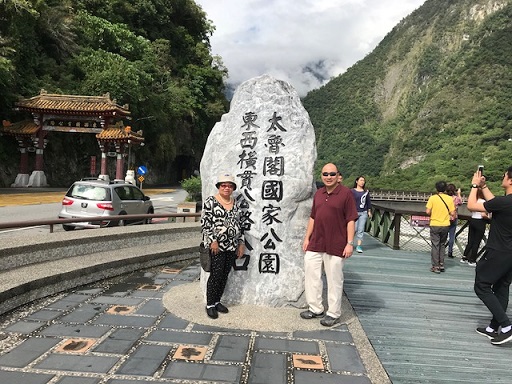
The author and favorite traveling companion, his mother Linda Gaa, at the Taroko Gorge National Park.
Until now, Taiwan has honestly been a country which for so long I have overlooked in my lifetime destination bucket list. I’ve always assumed that it would be a mere extension of the coastal mainland Chinese cities of Hong Kong and Shanghai all placed into one island.
As I’ve recently discovered, nothing could be further from the truth. At first glance, observing the urban surroundings of the island state may bear resemblances to any typical Chinese environment. However, peer through the layers, and you will come to learn more and appreciate a distinctly unique hub of Chinese political, social and cultural heritage unlike anywhere else in the world. Don’t even let the recent headlines of the earthquake deter you from visiting the place.
Exploring the capital city of Taipei was a natural introductory process for us to understand modern-day Taiwan. The first must-see historical attraction for me was no doubt Chiang Kai-Shek’s Memorial Hall. For those who are unfamiliar with him, Chiang Kai-Shek was the Nationalist leader of the Republic of China who is most renowned for having led the Chinese resistance forces battling invading and occupying Japanese imperial forces in China during the Second World War. After Japan surrendered to the Allied forces, from the mid to late 1940s, Chiang Kai-Shek and his Nationalist forces engaged in a civil war with the Communist army of Chinese revolutionary Mao Zedong. Militarily outnumbered and outmatched, Chiang and his followers were forced to retreat off the mainland to Taiwan. It was from there that he established the island as the home base for the Republic of China, as opposed to the proclaimed People’s Republic of China (PRC) on the mainland.
The controversial “One-China Policy” shadowing over the relationship between the PRC and Taiwan has persisted to this day, in that the international community diplomatically recognizes PRC as the political “sovereign” China state, whereas Taiwan is for the most part recognized globally as an economic partner, rather than a fully legitimate independent nation. Most countries with which Taiwan has active relations have “economic missions” and “representatives” rather than fully accredited “embassies” or “ambassadors” posted in the island state.
I found the Memorial Hall to be an attractively expansive complex almost akin to the Lincoln Memorial in Washington D.C., albeit with a very unique Chinese architectural design, which gave me echoes of the magnificent temples I’ve seen before in Beijing, back when my late father Ambassador Willy C. Gaa was Philippine envoy in mid-2000s. The hall building that houses the tomb of Chiang Kai-Shek by itself is impressive, but even more so is the interior, with the tomb of Taiwan’s founder being overseen by an immense statue of the leader himself, with guards standing nearby as everyday sentinels.
Taipei itself personifies today’s economically vibrant Taiwan, replete with ultra-modern skyscrapers (especially Taipei 101, the city’s symbol and once the tallest building in the world) and contemporary museums which pay proper homage to the island’s ancient culture and history. Like most of Taiwan’s cities, Taipei is clean and safe, and an ideal hub for bargain shoppers and fans of Asian cuisine. However, I personally got to most appreciate Taiwan for its natural beauty, and there is no better place to experience this than at the Taroko Gorge National Park.
The Taroko National Park is actually some 3-4 hours south of Taipei by car or railway, and it is one of nine national parks in Taiwan. From Taipei, my mother and I took a train from where we got to gaze at the Taiwanese rural landscape, full of rolling green hills and farmlands. We arrived at the town gateway to the National Park, and upon disembarking at the main station, after some intense haggling with some of the local tour operators, we were able to book an all-day tour guide/taxi driver who thankfully could speak and understand fluent English. We then began our 45-minute drive to the Taroko Gorge. After ascending a mountainous highway road leading to the park entrance, we learned how the terrain is blessed with a plentiful supply of marble, and the gorge there itself is believed to have been carved into its marble form by the erosive power of the region’s Liwu River.
Once we drove past the entrance gate to the National Park, we just simply took our time stopping at several viewing points where we could indulge ourselves in the tranquil scenery everywhere, high towering rocky gorges overlooking rushing rivers below. At one stopover, I noticed a sign written in both Chinese and English indicating how it was a pathway which only the most experienced hikers should trek, given the rocky terrain and sometimes unpredictable mountain weather. I could also see exotic-looking butterflies here which I thought only existed in sci-fi movies like “Avatar.” Taiwan’s natural beauty surely doesn’t get any better than this!
© The FilAm 2018




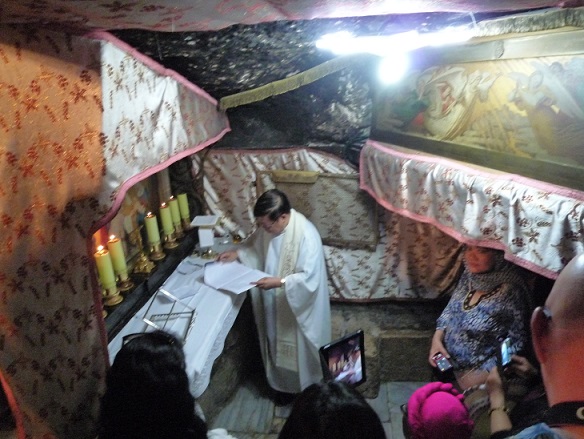

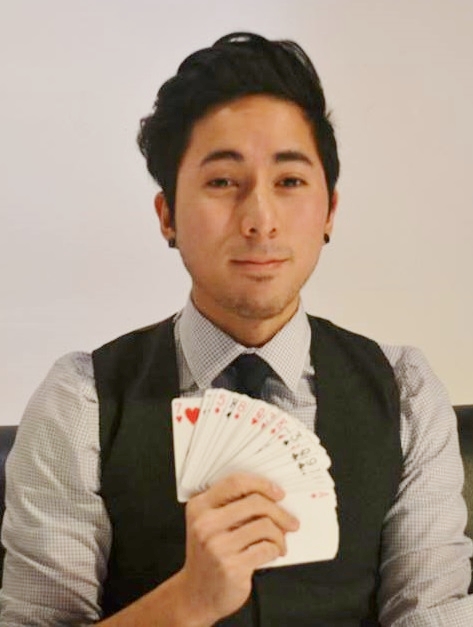





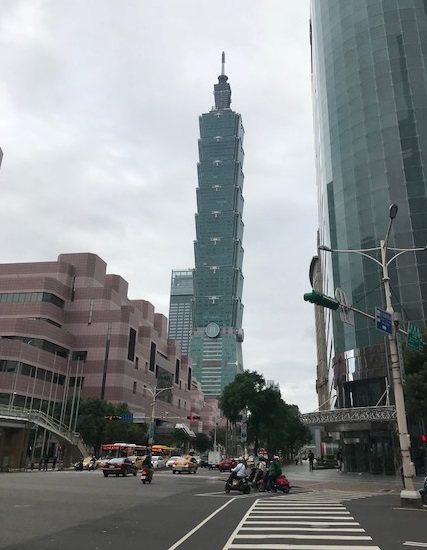
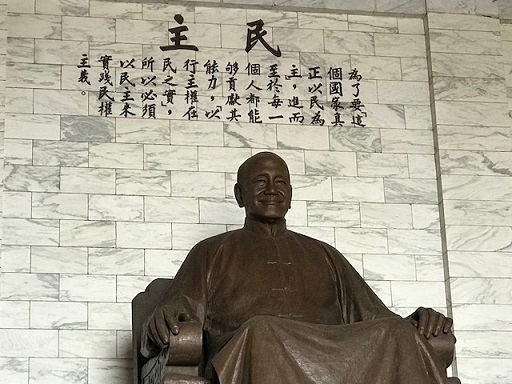

Nice travelogue post! : )